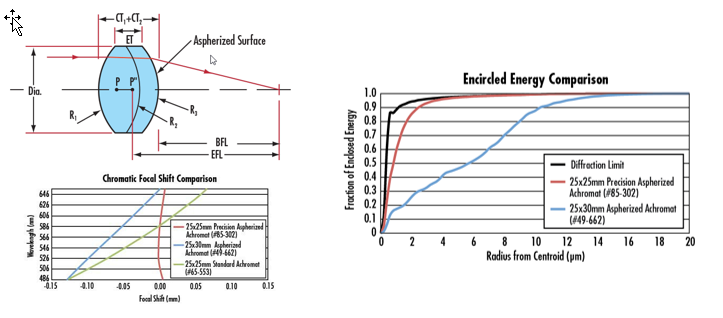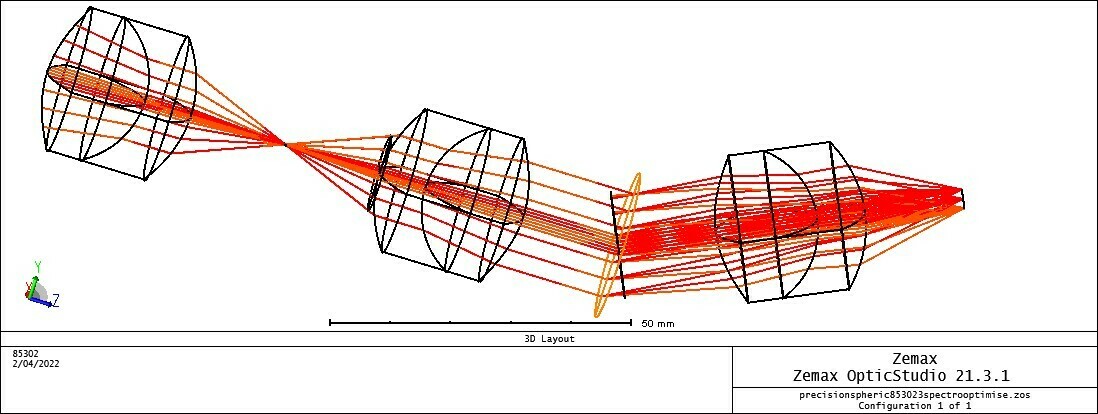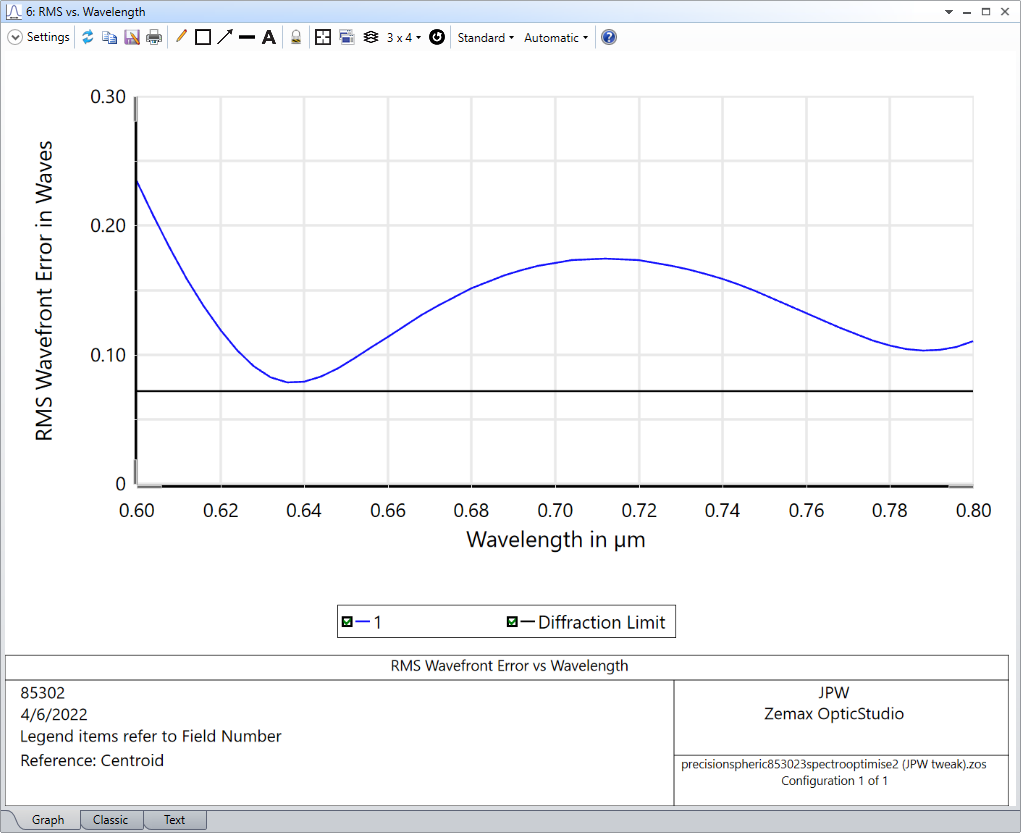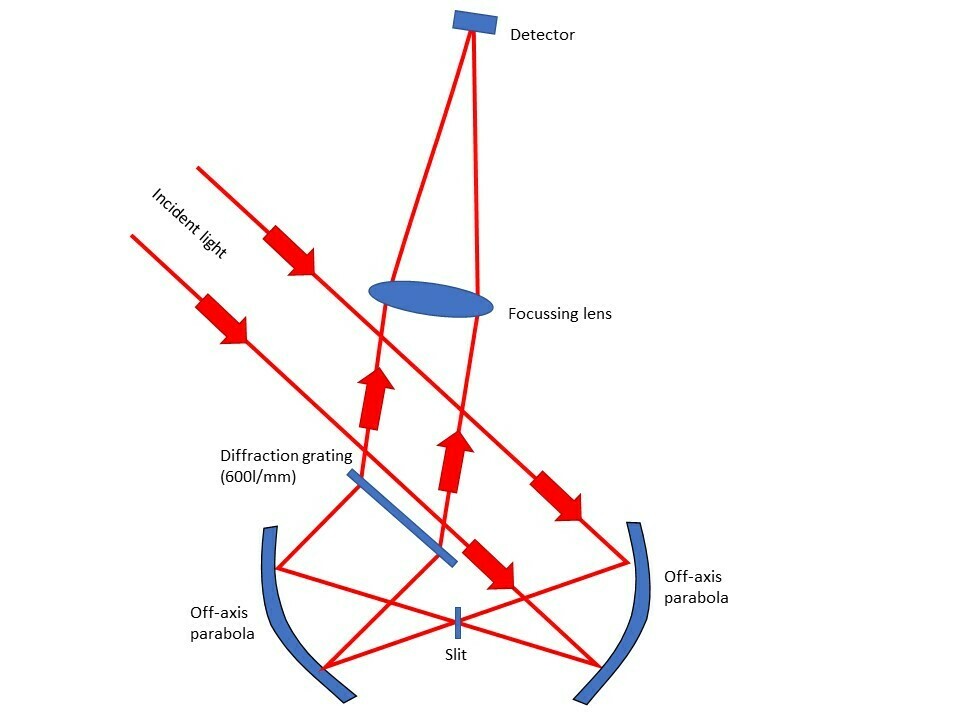All, I have an Edmund Optics Achromat for which I am trying to obtain a PSF and MTF for 600, 700 and 800nm. After extensive attempts the PSF and MTF results are hopelessly low to the point where I refuse to believe the results as they do not agree with practical experiments. Any help would be appreciated.
Point spread function and MTF for factory achromat lens hopelessly low
Best answer by Jeff.Wilde
To reiterate what Mark and David have said, getting good agreement between experiment and model requires the model to properly mimic your actual setup, being sure to include all of the requisite detail. My experience is that when doing so, the model will very accurately predict experimental performance.
In your model, which I’ve simplified by (1) removing the rectangular slit aperture, (2) reducing the entrance pupil diameter to 15.0 mm, and (3) re-focusing, we see the aberration is indeed quite large (it’s predominantly a combination of spherical and axial color). Here is a snapshot of the layout, spot diagram, and the axial focal shift.

However, this is an f/1.6 system (your original model is f/1.38) with a uniformly collimated input beam having equal weighting across wavelengths from 600-800 nm. Typically achromatic doublets, and particularly off-the-shelf doublets, perform best for f/4 or slower systems. Here is what Bentley and Olson say in their SPIE Field Guide to Lens Design (p. 30):

It sounds like your experimental setup may be working to your satisfaction (perhaps your input is a small-diameter collimated Gaussian beam with less than a 200-nm bandwidth?), but if not, and you need to reduce the aberrations, then you may want to consider using a precision aspherized achromat (see: Precision Aspherized Achromatic Lenses). For example, here is an f = 25 mm lens from Edmund Optics (85-302):

You can see it’s performance is dramatically better than a conventional doublet with spherical surfaces. If I use this lens in place of the one in your model, then the performance is much better. In fact, at 700 nm, it is essentially diffraction-limited.

Here is a comparison of the aberrations for the two systems:
Edmund 49-956 (standard doublet), f/1.6

Edmund 85-302 (precision aspherized doublet), f/1.6

You can see the precision aspherized doublet yields a 20X reduction in spherical aberration and a 4.6X reduction in axial chromatic focal shift. Of course the aspherized doublet is more expensive, but you get what you pay for. Hope this helps...
Enter your E-mail address. We'll send you an e-mail with instructions to reset your password.








